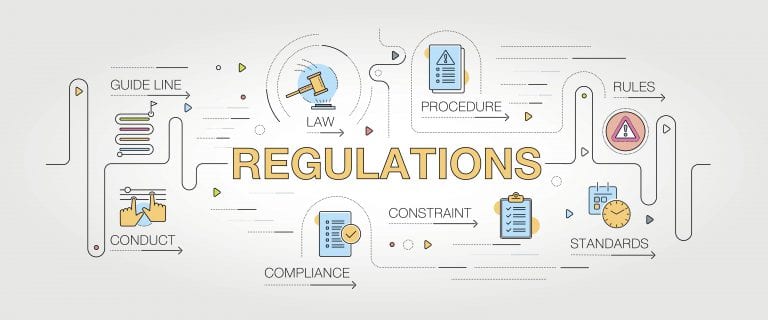by: Angela Morris
Staying on top of every facet of your telemarketing compliance program can be a daunting task. At Quality Contact Solutions, we recommend to our clients that they maintain a weekly compliance report that is submitted to senior management and the company’s compliance officer on a weekly basis.
Without a real-time, hands-on compliance monitoring program, it is easy to make a mistake by assuming that your systems and people processes are working as intended and as they were originally established.
There are five common compliance mistakes:
1) We often find that management is assuming that the outgoing Caller ID has a ring-back number that is being answered (either by voicemail or live person) and a Do Not Call request can be made by a consumer. In fact, many times, the ring-to number is not set up properly or perhaps has even been inadvertently disconnected. Other times, the ring-to number will ring to a group of call center agents and the wait times can be very lengthy which is not good service to those seeking answers about why you were calling and perhaps requesting to be put on your Do Not Call list.
2) Many companies do not calculate the abandoned call % correctly. Somewhere along the way, some companies began to utilize a calculation of abandoned calls divided by dials. This is not correct. Per the FTC and FCC, the correct calculation is abandoned calls divided by answered calls, which should not exceed 3%.
3) Speaking of abandoned calls, we often find companies that do not have a proper abandoned call message. The abandoned call message must state that the call is for telemarketing purposes and provide a phone number (could be toll free or a toll number) where the consumer can make a Do Not Call request. Some companies do not make it clear that the call is for telemarketing purposes. Check your outgoing abandoned call message and adjust it accordingly. And…. Be sure that the number you have in the message rings back to a voicemail box or a live person so that a Do Not Call request can be made. Again, we’ve found that many times this number was set up properly to begin with, but somewhere along the way, the number has gotten disconnected or the ring-to doesn’t work. Checking this type of thing weekly, by simply dialing the number contained in your abandoned call message can help detect a problem right away.
4) To rely on a safe-harbor defense, companies must be able to document a comprehensive training program related to Do Not Call and other telemarketing regulations. Many companies have a good training program in place, but fail to get signed training acknowledgment forms and fail to document the specific training that was conducted with each of their outbound telemarketing sales reps. We recommend that a brief test be administered (in writing) and at the bottom of that test is a signed acknowledgement that training was conducted.
5) Probably the riskiest compliance error occurs when a company relies on the contract with their vendor or client regarding responsibility for scrubbing or blocking applicable Do Not Call numbers from being called. Yes, the contract should clearly spell out who is responsible for which aspects doing a Do Not Call scrub or establishing a blocking solution. It is a mistake to overly rely on the contract because if there is an error, both companies (the call center and the client) will be held responsible for the applicable state, FTC or FCC. We recommend doing regular data audits (at least monthly) to check for potential errors. Test your processes to ensure they are working as they were originally intended. There is room for tremendous human error and interpretation mistakes. Don’t assume the other party is handling their responsibilities properly. You can’t afford to make this assumption.








